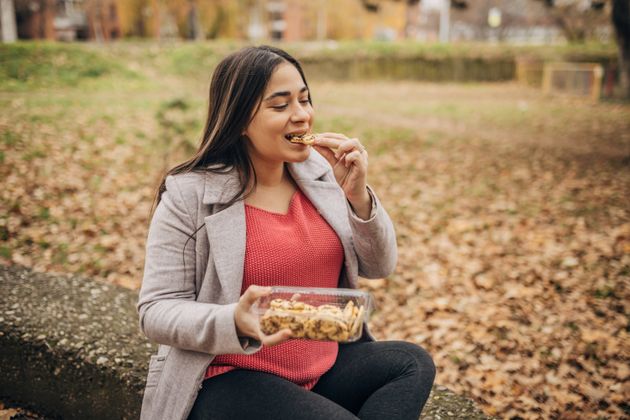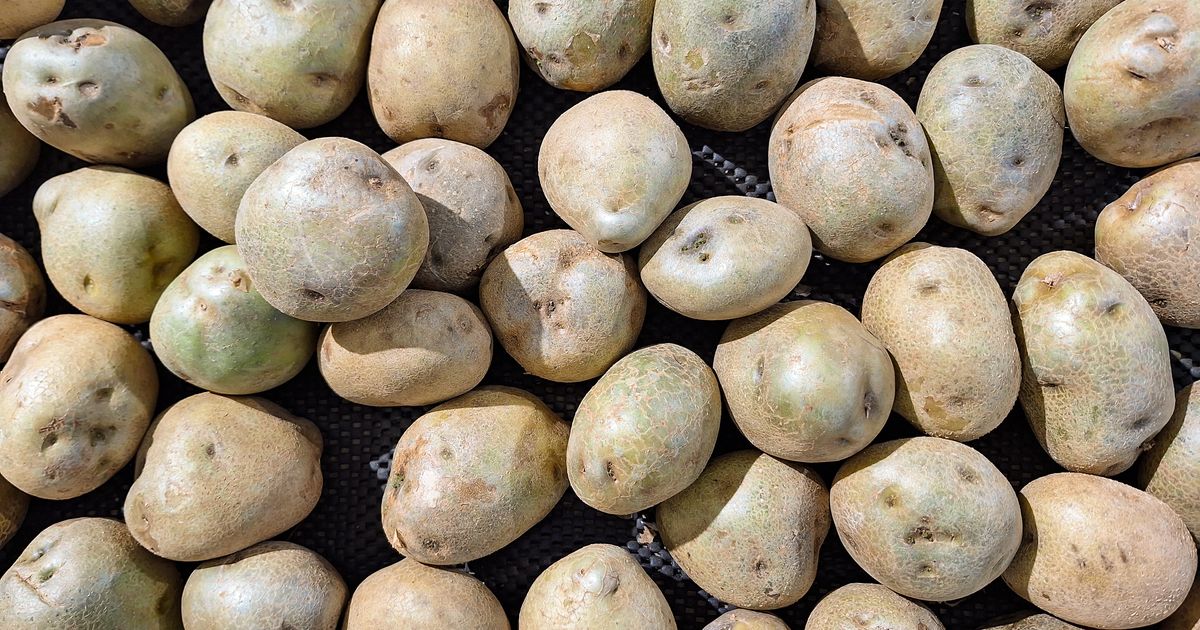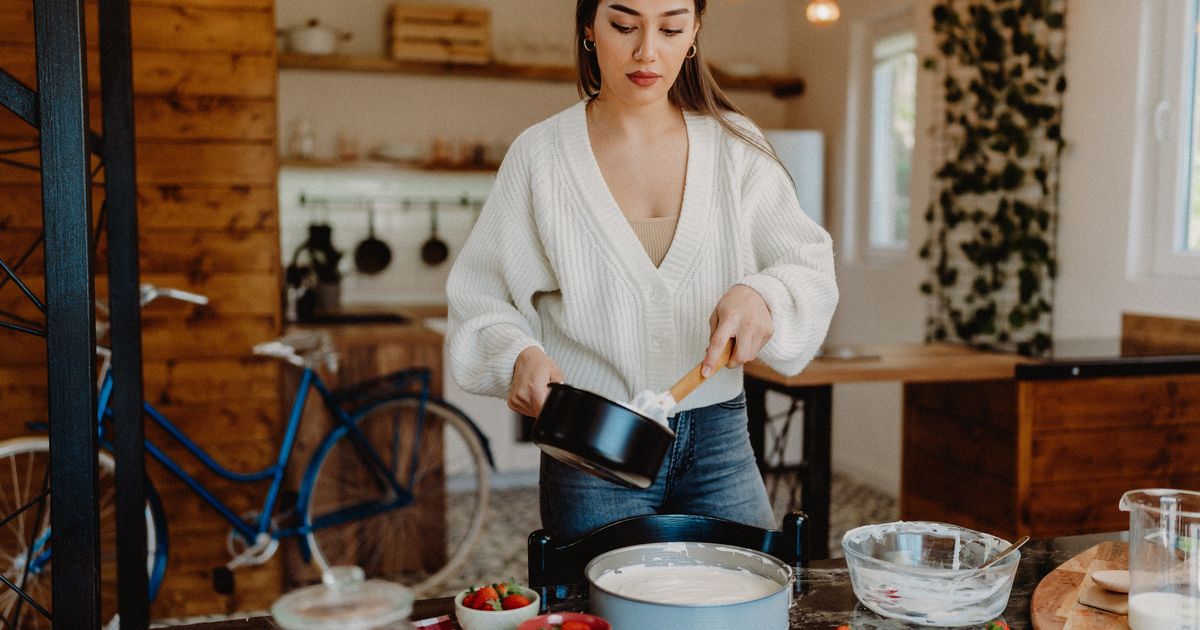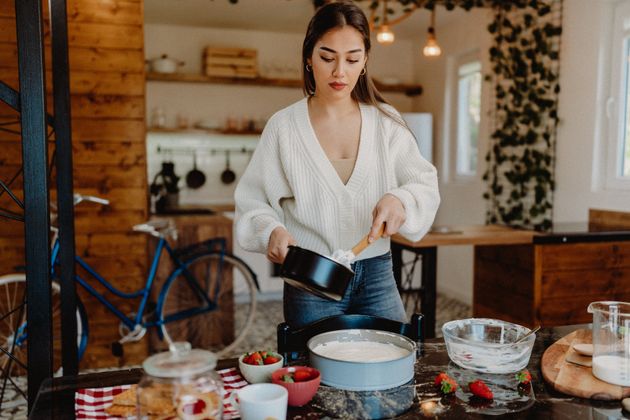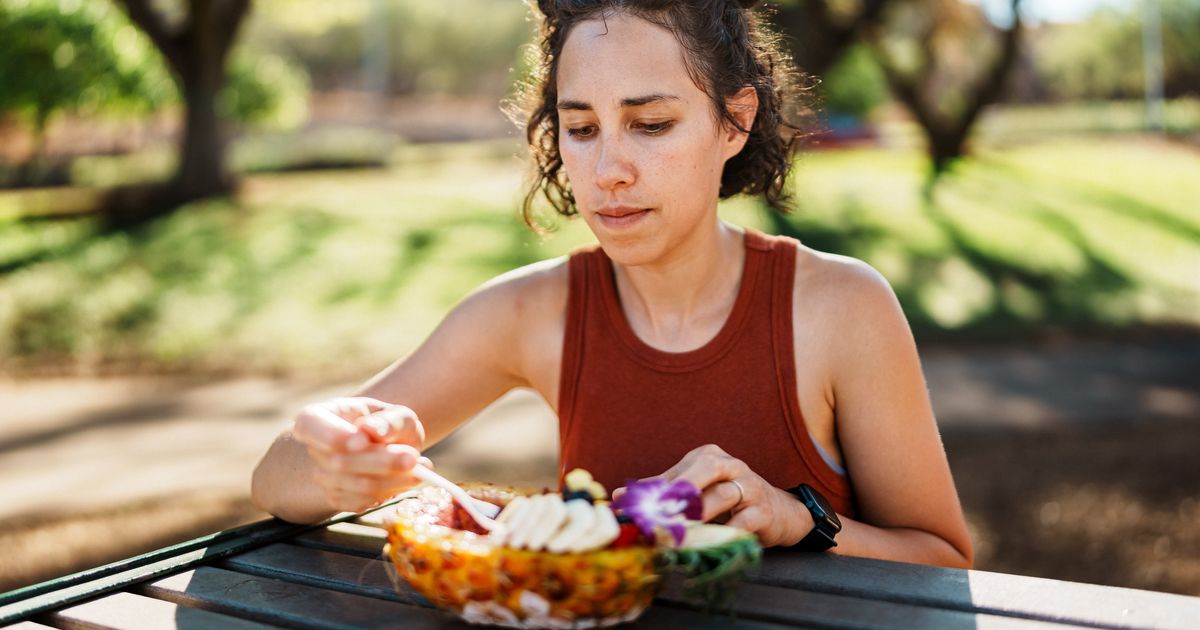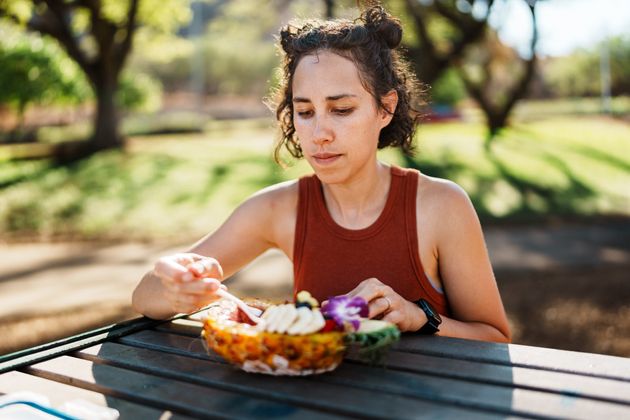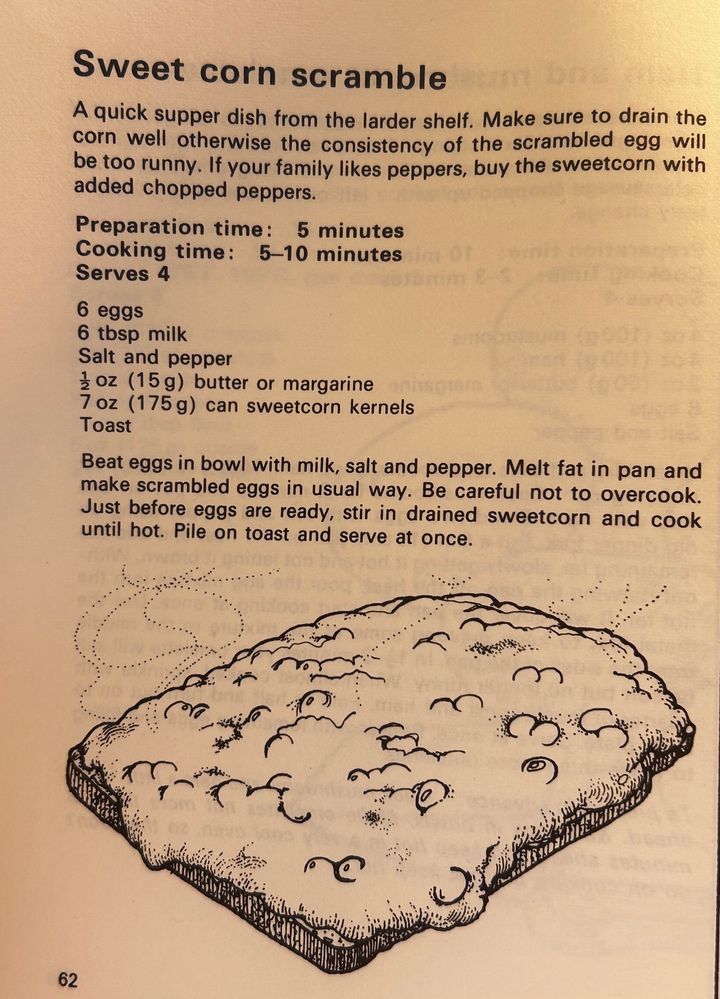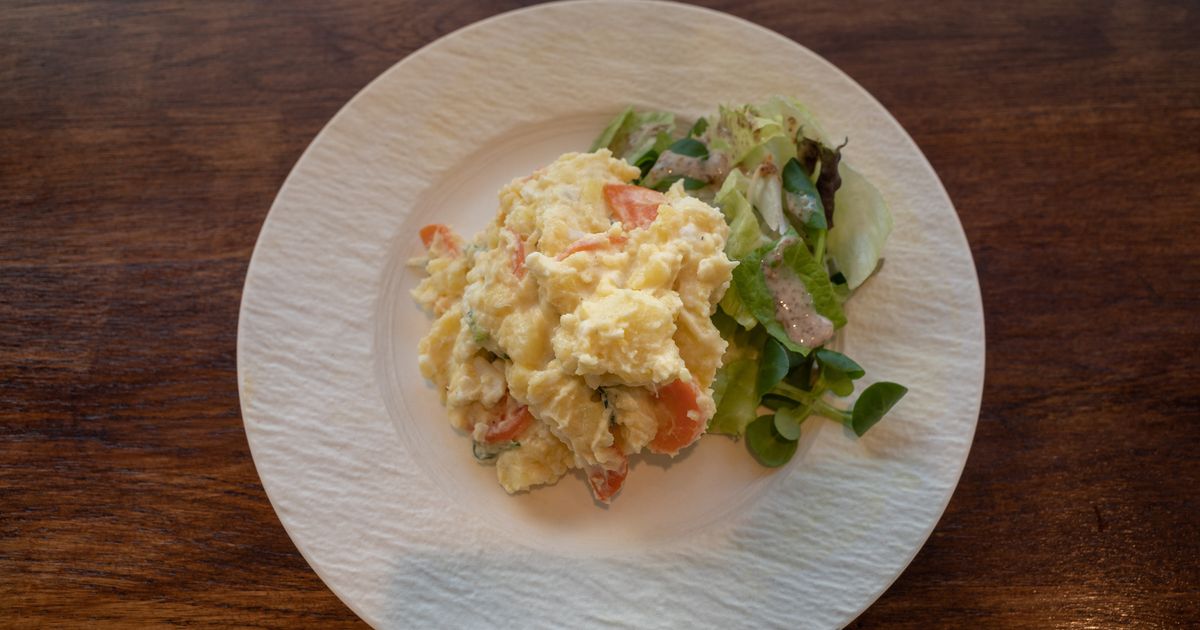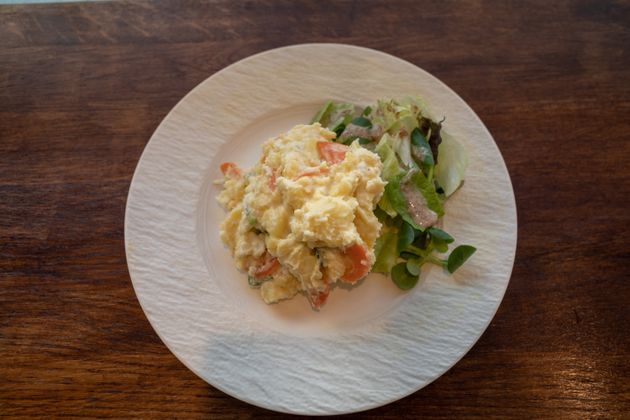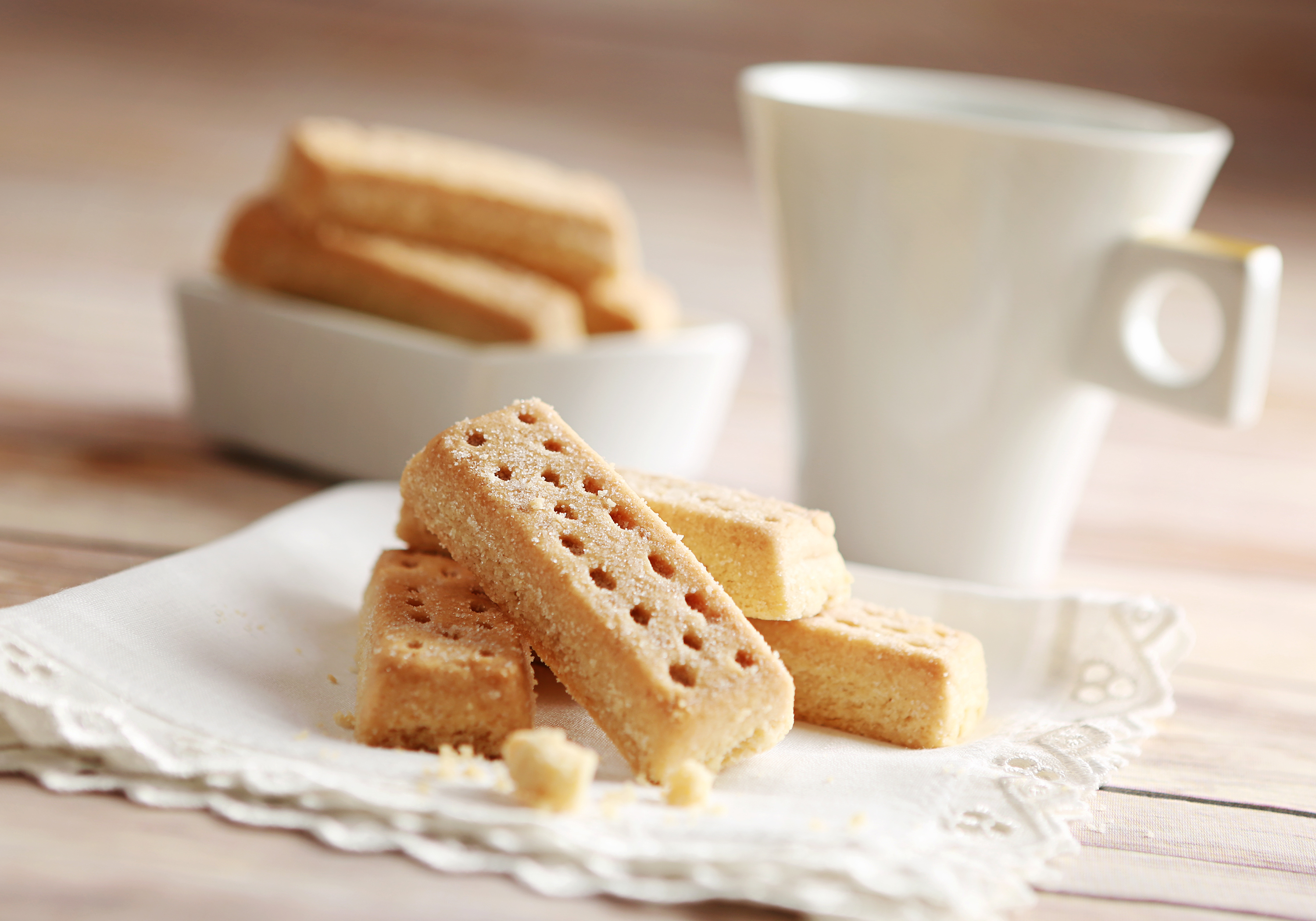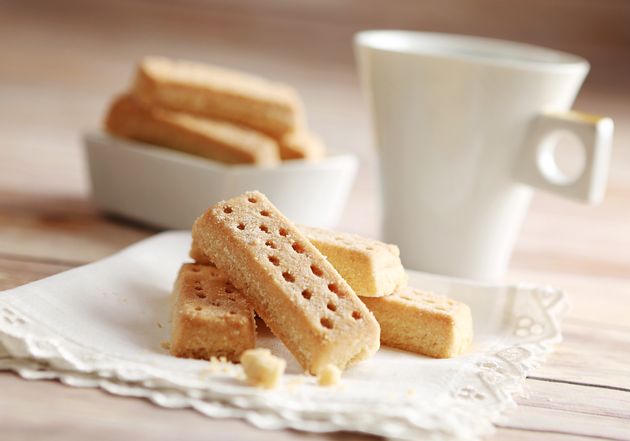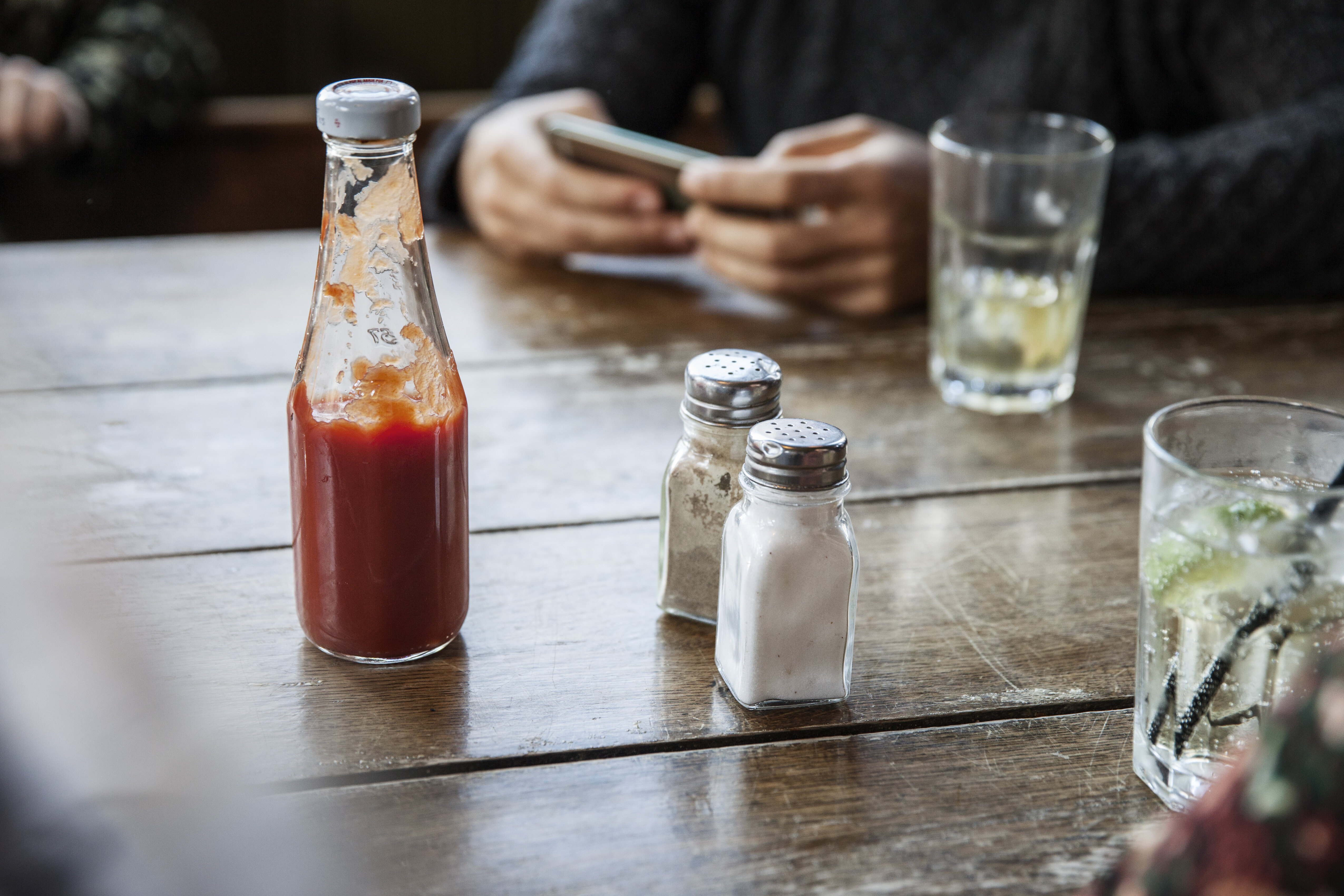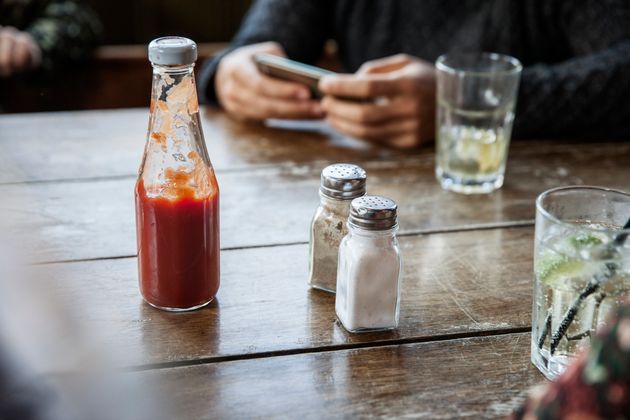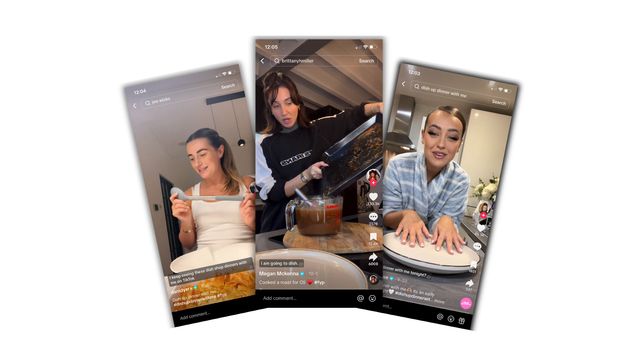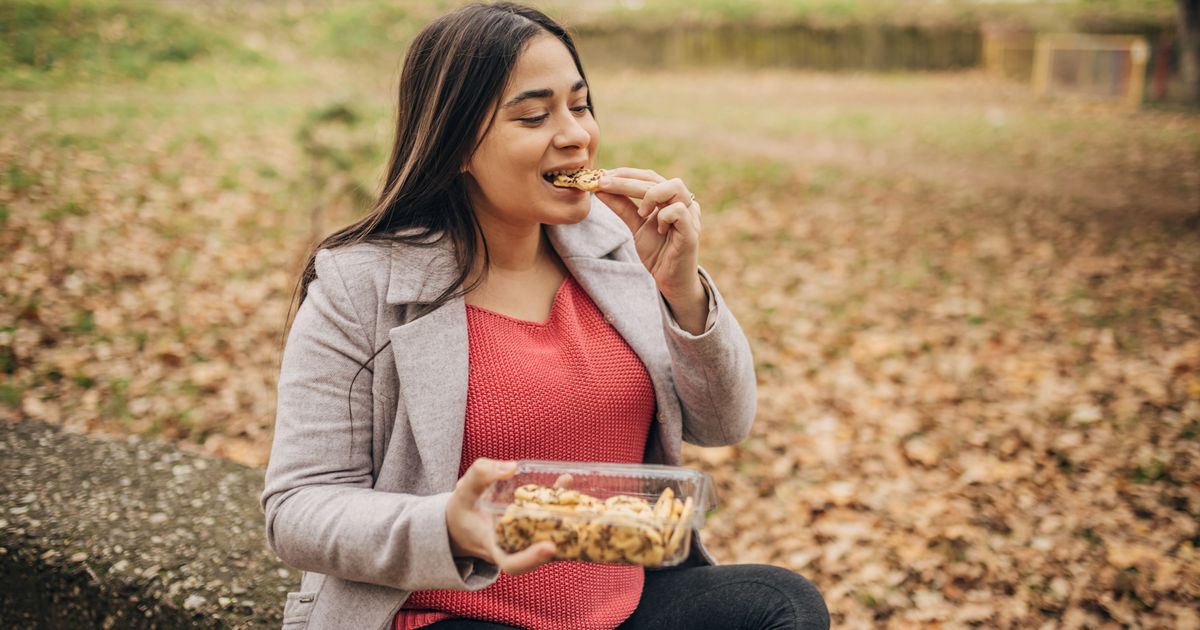
After a particularly gruelling workout, the one food I want to immediately reach for is a giant bowl of chips, coated in vinegar with a buttered bread roll on the side.
Obviously, there is nothing wrong with this and food has no inherent moral value but it’s probably not the ideal meal to opt for to keep my energy up for the rest of the day, and help my body to process the work I put into exercising.
Advertisement
So, what is best to eat after exercising and how can we maximise the workouts we’ve done?
The best food to eat after a workout
In good news, the health experts at ZOE said: “If you have a good-quality, varied, plant-based diet, and you’re only doing gentle to moderate exercise, you don’t need to eat anything different after a workout.”
Alex Platts, one of ZOE’s senior nutrition coaches, said that while we do place too much emphasis on protein and the idea that not consuming protein after a workout makes it a waste of time is a myth.
However, he added: “Total protein intake throughout the day appears to be more important for recovery than timing.
“But consuming a protein-rich meal pre- or post-training can be a good habit to get into to help reach daily goals.”
Advertisement
Platts also pointed out that both animal and plant sources of protein are equally effective for muscle-building but Platts added: “you may need to eat a larger amount of plant sources to get quite the same level of total protein intake [as animal sources provide]”
What are the best protein-rich foods?
According to BBC Good Food, protein-rich foods include:
- Eggs
- Milk
- Yoghurt
- Fish and seafood
- Chicken and turkey
- Soya
- Nuts and seeds
- Pork
- Beans and pulses
- Tofu and tempeh
What should you avoid drinking after exercise?
Platts said that as you eat and drink normally following exercise, your electrolytes are naturally replaced.
However, if you have a long, intense exercise, you were exercising somewhere warm or you plan to exercise again shortly, you need to put a little more work into rehydrating and replacing electrolytes.
While a sports drink could be a good solution, Platts warns that some of them do more harm than good.
Advertisement
If you do choose sports drinks, Platts urges you to check for additives, sweeteners and artificial colours. He added: “Sports drinks are very simple, and any attempt to dress them up or make them taste amazing will likely come from these sources.”
Alternately, he said: “Making homemade fruit or veg smoothies (potentially with a little added salt if you’ve had a very long, intense, or hot exercise session) might be a good option.”
Good sources of electrolytes
ZOE recommends the following foods and drinks for replacing fluids and electrolytes without grabbing a sports drink:
- sodium: vegetable juices, cheese, fermented foods, and pickles
- potassium: avocado, bananas, and sweet potato
- magnesium: dark chocolate, whole grains, nuts, and seeds
- chloride: prawns, seaweed, and any sodium-rich foods
- calcium: okra, kale, dairy foods, almonds, and fortified plant milk
Time to re-assess my fave post-workout foods.

